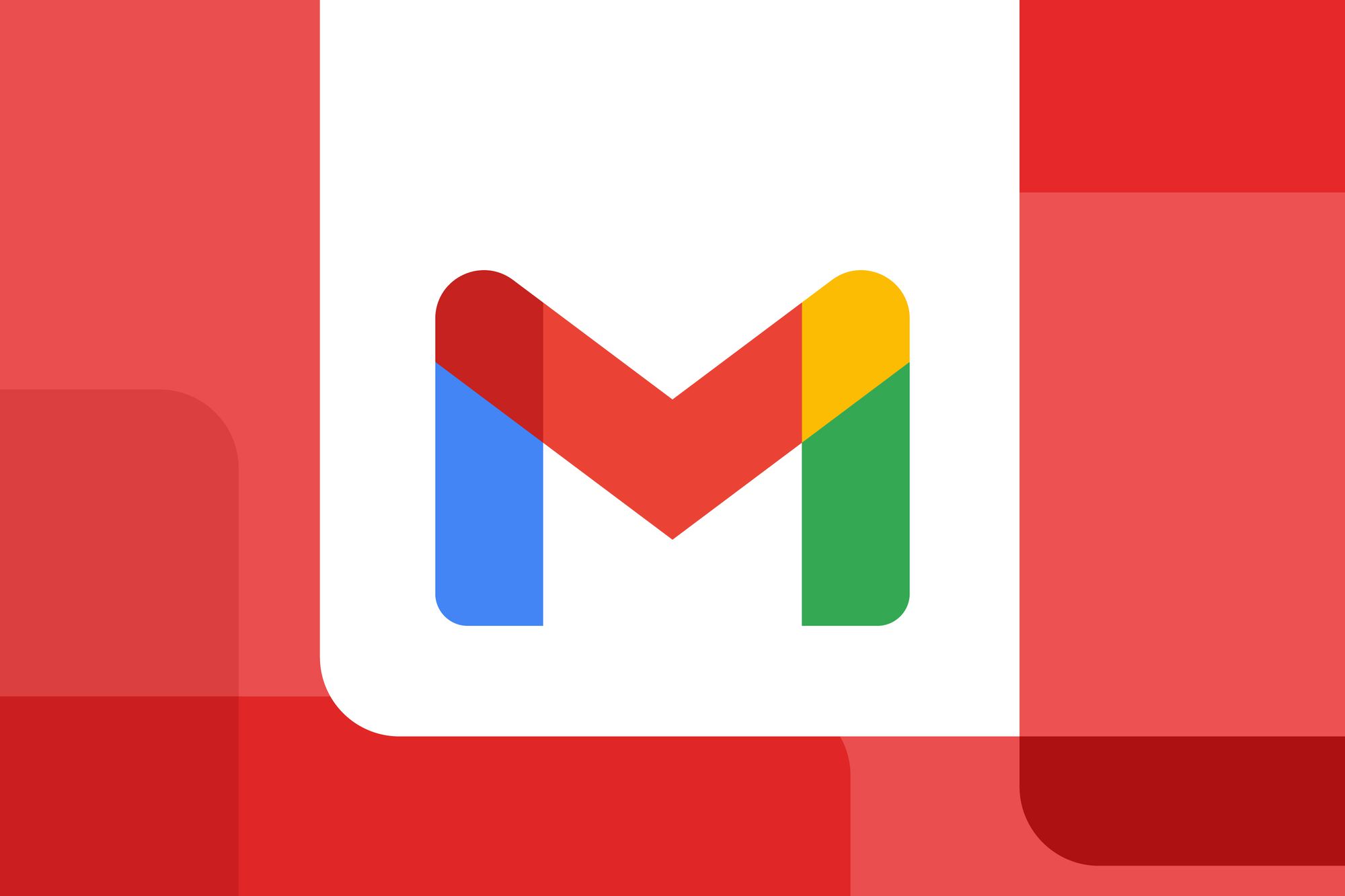Google Uses AI and Adds New Machine Learning Models to Gmail for Better Experience
 Surya Durgesh
Surya Durgesh
Gmail is not an exception to Google's ongoing efforts to enhance the user experience of its products. In a new update, Google added new AI models to Gmail that are intended to further develop search, and brilliant answers, from there, the sky is the limit.
Improved Search The new search models in Gmail can better comprehend the context of your search terms, making it more likely that you will locate the emails you are looking for. For instance, if you search for "report," the new models will show you the most relevant emails based on the date, sender, and other factors.
Smart Replies are a feature that suggests replies to your emails that are generated automatically. Gmail's new machine learning models can produce responses that sound and are more informative. The new models might, for instance, suggest a response to an email asking for a meeting that specifies the time and location.
Other Improvements The new machine learning models in Gmail improve the following features in addition to smart replies and improved search:
Categorization: Messages are consequently arranged into various envelopes, for example, "Individual," "Work," and "Advancements."
Spam separating: Spam messages are naturally sifted through your inbox.
Anti-malware measures: Emails with malware are automatically blocked.
Gmail's new machine learning models are a big step up from the previous models. They make it easier to locate the emails you're looking for, produce replies that sound and inform more naturally, and enhance the user experience as a whole.
Additional Information The Google AI blog contains additional information regarding the brand-new Gmail machine learning models. You can also find out more about how AI is used in Google's other products, like Google Photos, Google Translate, and Search.
Google has as of late added a few new AI models to Gmail. These models are intended to further develop the client experience in various ways, including:
Recognizing and sifting through spam and phishing messages. Even the most sophisticated spam and phishing emails can be identified and removed by the new spam and phishing detection models, which are more accurate than previous models. responding to emails with relevant responses. The new Savvy Answer include utilizes AI to recommend applicable answers to messages. This can save clients time and exertion, and it can assist them with keeping steady over their email. Consequently putting together messages. Emails are automatically sorted into "Work," "Personal," and "Promotions" using the new Smart Labels feature, which makes use of machine learning. Users may find it easier to locate the emails they require thanks to this. email translation into other languages The new Decipher highlight utilizes AI to interpret messages into different dialects. This can be useful for clients who need to speak with individuals who communicate in different dialects. Google is implementing machine learning in a variety of ways to enhance Gmail. Gmail is likely to get even more cutting-edge features in the future as machine learning technology continues to advance.
The following additional information pertains to each of the brand-new machine-learning models:
Phishing and spam detection: A deep learning neural network that has been trained on a huge dataset of spam and phishing emails serves as the foundation for the new models of spam and phishing detection. Even if the emails are well-crafted and designed to evade conventional spam filters, the model can identify spam and phishing emails with high accuracy.
Smart Answer: A machine learning model is used by the Smart Reply feature to generate three possible responses to an email. The model can produce responses that are both pertinent and polite after being trained on a large dataset of email conversations.
Shrewd Marks: Emails are automatically sorted into "Work," "Personal," and "Promotions" using a machine learning model by the Smart Labels feature. The model can accurately determine the subject of an email after being trained on a large amount of email data.
Translate: A machine learning model is used to translate emails into other languages by the Translate feature. The model can translate the text with high accuracy after being trained on a huge dataset of translated texts. Compared to previous versions of Gmail, these new machine-learning models are a significant improvement. They help users avoid phishing and spam emails and make it easier for them to keep up with their emails.
Subscribe to my newsletter
Read articles from Surya Durgesh directly inside your inbox. Subscribe to the newsletter, and don't miss out.
Written by

Surya Durgesh
Surya Durgesh
I'm always excited about the possibilities of learning and always open to new ideas